Published on: 03/29/2022
Plenty of reservoir engineering resources, such as textbooks and published articles, are available to help with research, design, and analysis. Since reservoir engineering is a complex topic, we recommend choosing reliable sources written by professionals in the industry.
Here, we share with you some of the best books in subjects like reservoir simulation, reservoir management, natural gas engineering, and enhanced oil recovery. These books provide a key understanding of production processes and combine fundamental principles with up-to-date knowledge. We highly recommend them for both students and professionals.
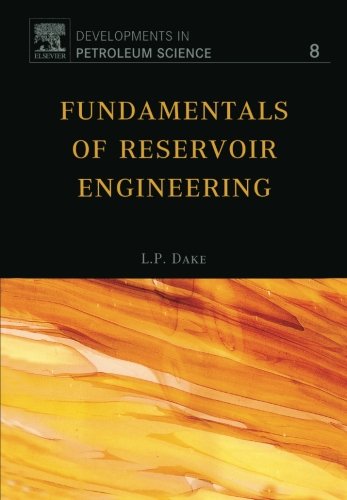
This book has become the standard reservoir engineering text and has been reprinted many times. The author successfully provides students and teachers with an easily understood explanation of the basic physics of reservoir engineering. The material is dealt with in a concise, unified, and a practical manner, and only the simplest and most straightforward mathematical techniques are used.
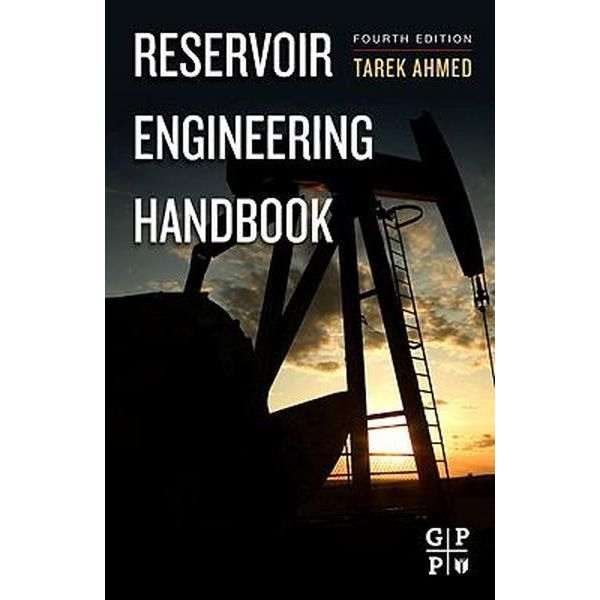
This book provides solid information and insights into reservoir engineering for petroleum engineers and engineering students. It goes beyond fundamental principles to emphasize intuitive understanding and practical interpretation. Numerous examples from a wide variety of applications demonstrate the performance of processes under dynamic conditions. This book also thoroughly describes and explains the key relationships among the different operating variables.
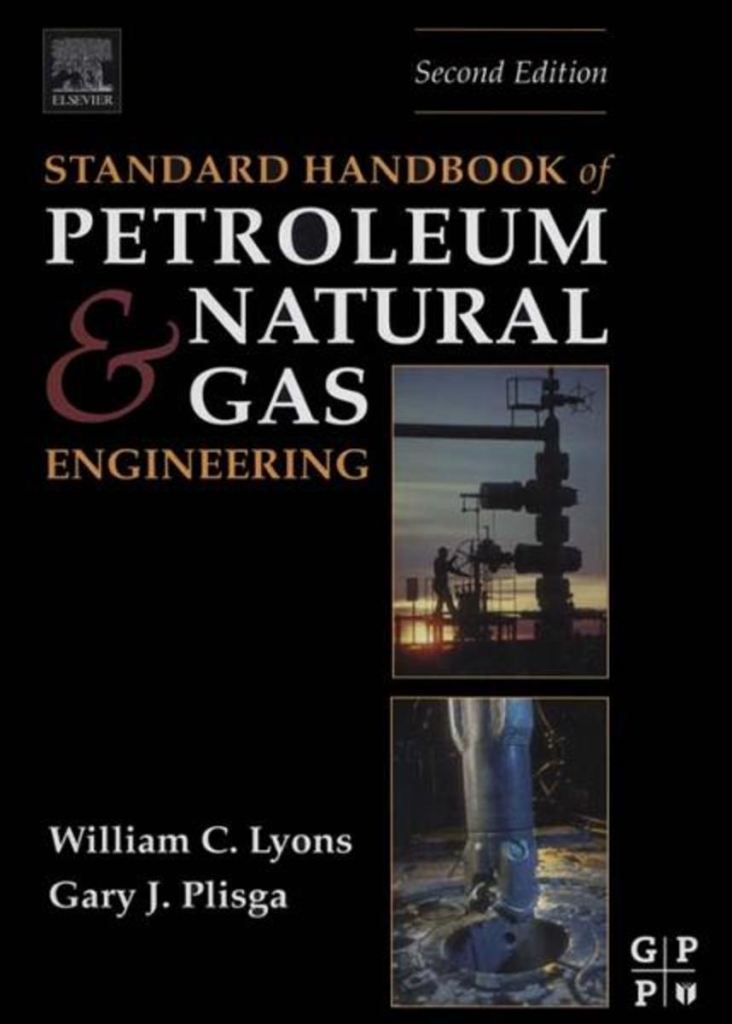
This petroleum and natural gas engineering two-volume handbook is written in the spirit of the classic handbooks of other engineering disciplines. The specific petroleum engineering discipline chapters cover drilling and well completions, reservoir engineering, production, economics, and valuation. Also, the book covers the growing role of natural gas in industrial operations by integrating natural gas topics and related subjects.
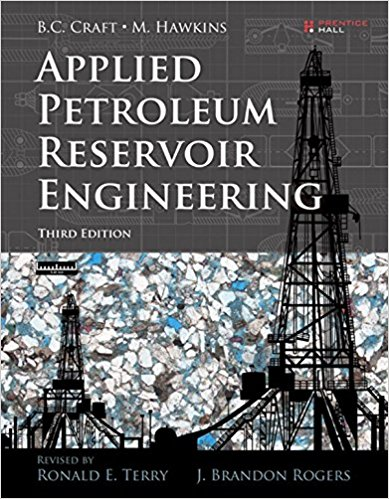
In this book, the authors review the history of reservoir engineering, define key terms, and carefully introduce the material balance approach, showing how to apply it with many types of reservoirs. Next, they introduce key principles of fluid flow, water influx, and advanced recovery (including hydrofracturing). Throughout, they present field examples demonstrating the use of material balance and history matching to predict reservoir performance. For the first time, this edition relies on Microsoft Excel with VBA to make calculations easier and more intuitive.
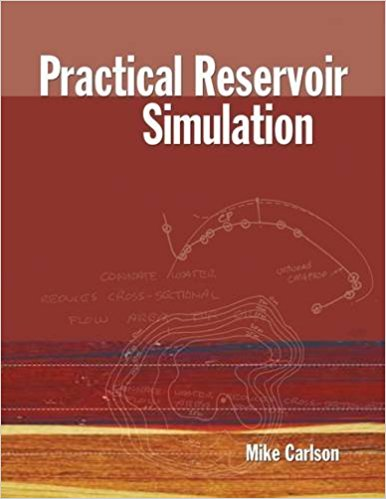
Practical Reservoir Simulation outlines in specific detail how to carry out reservoir simulations. Written by a seasoned simulation engineer, it uses a descriptive style for field application. The author shows how to link geology and simulation input – the most critical aspect of successful reservoir simulation. The second half of the book describes advanced studies, compositional modeling, hydraulically fractured and horizontal wells, EOR processes, and thermal simulation with a heavy emphasis on steam-assisted gravity drainage (SAGD).
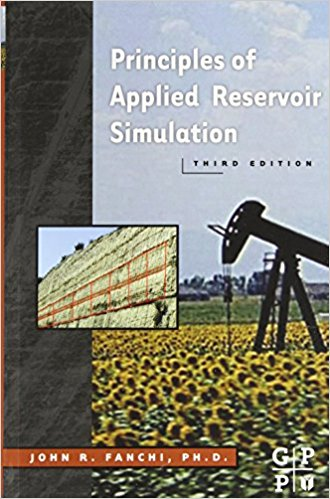
Completely revised and updated throughout, this new edition has completely new sections on coalbed methane, CO2 sequestration (important for environmental concerns), CO2 flood, more sophisticated petrophysical models for geoscientists, examples of subsidence, additional geomechanical calculations, and much more. What makes this book so different and valuable to the engineer is the accompanying software, which is used by reservoir engineers all over the world every day.
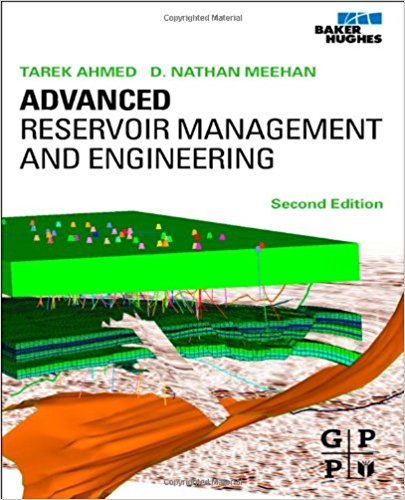
One of the only books to cover both management and engineering issues. Written by two of the industry’s best-known and well-respected reservoir engineers and managers, this new edition offers readers a complete guide for formulating workflow solutions day to day.
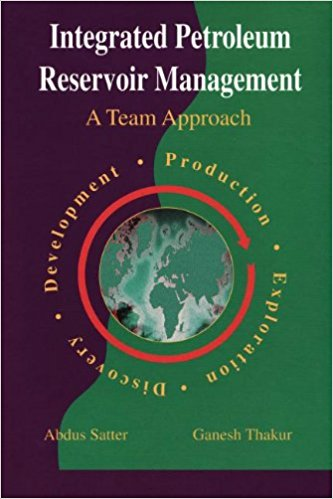
Modern reservoir management practice requires the integration of geoscience and engineering, and takes into account people, technology, tools, and data. This book presents the fundamentals of integrated reservoir management practice, including technical and management perspectives and examples and case studies. This text is a must for engineers, geologists, and others involved in reservoir management.
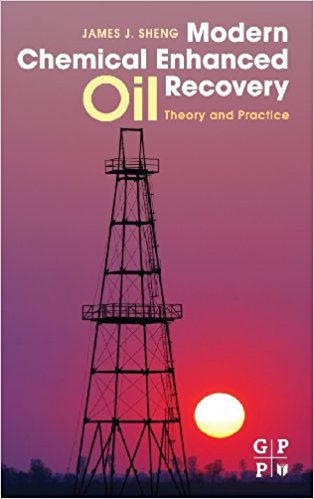
This book is about recent developments as well as the current technology of enhanced oil recovery (EOR) methods. Important case studies related to over one hundred EOR pilot and field applications in a variety of oil fields are included. These case studies focus on practical problems, underlying theoretical and modeling methods, operational parameters, solutions and sensitivity studies, and performance optimization strategies.
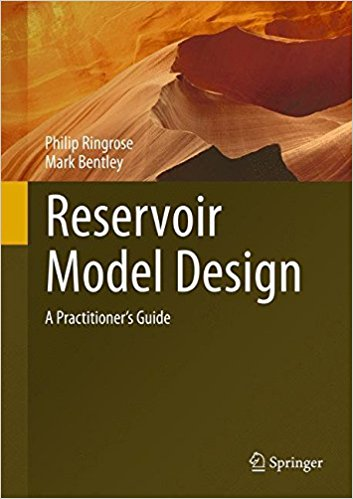
This book gives practical advice and ready-to-use tips on the design and construction of subsurface reservoir models. The design elements cover rock architecture, petrophysical property modeling, multi-scale data integration, upscaling, and uncertainty analysis. The close relationship between geology and porous fluid flow is explored throughout, showing how the impact of fluid type, production mechanism, and the subtleties of single and multiphase flow combine to influence reservoir model design.
Check out our solutions for the reservoir engineering field and see how simulation can help O&G industry professionals properly characterize reservoir fluids.
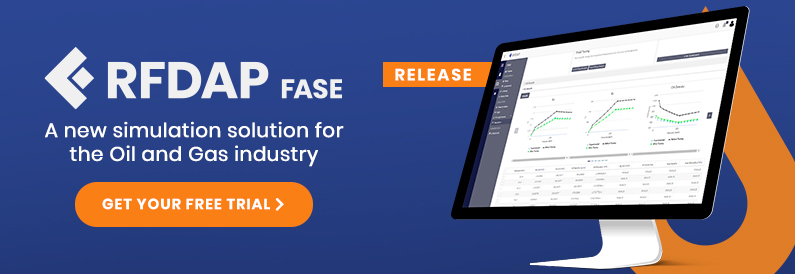
[1] Ahmed, Tarek H. Reservoir Engineering Handbook. 4th Edition. Gulf Professional Publishing, 2010.
[2] Ahmed, Tarek H., and Meehan, Nathan. Advanced Reservoir Engineering and Management. 2nd edition. Gulf Professional Publishing, 2011.
[3] Carlson, Mike. Practical Reservoir Simulation. PennWell Corp., illustrated edition, 2004.
[4] Dake, L. P. Fundamentals of Reservoir Engineering. Elsevier Science, 1st January 1983.
[5] Fanchi, John, R. Principles of Applied Reservoir Simulation. 3rd edition. Gulf Professional Publishing, 2005.
[6] Lyons, William C., Gary J. Plisga, and Michael Lorenz. Standard Handbook of Petroleum and Natural Gas Engineering. Amsterdam: Gulf Professional, 2016.
[7] Ringrose, Philip, and Bentley, Mark. Reservoir Model Design: A Practitioner’s Guide. Springer, 2015.
[8] Satter, Abdus., and Thakur, Ganesh C. Integrated Petroleum Reservoir Management: A Team Approach. PennWell Corp, 1996.
[9] Sheng, James. Modern Chemical Enhanced Oil Recovery. Gulf Professional Publishing, 2010.
[10] Terry, Ronald E., and J. Brandon Rogers. Applied Petroleum Reservoir Engineering. 3rd edition. Prentice Hall, 2014